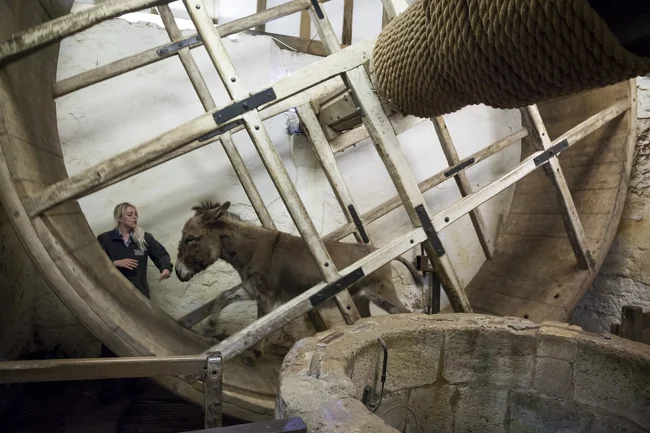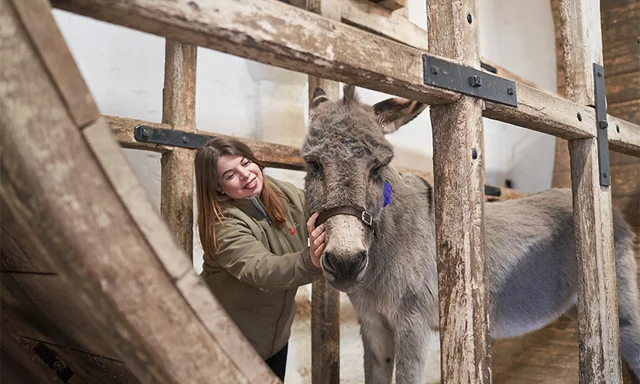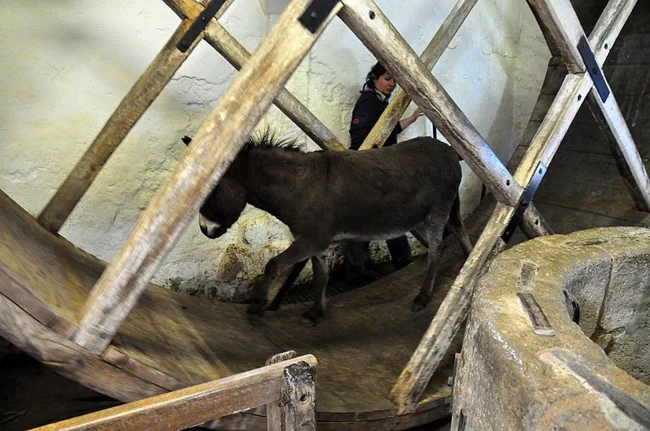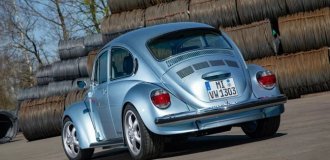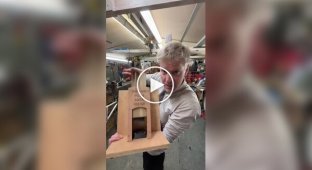Donkey wheel in Carisbrooke Castle (13 photos + 1 video)
After King Charles I of England surrendered to Scottish forces following his defeat in the English Civil War (1642-1651), he was captured and imprisoned in Carisbrooke Castle on the Isle of Wight, where he remained for fourteen months. 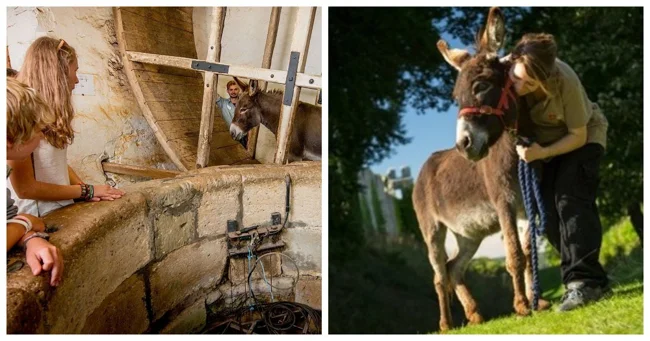
By the end of 1648, the Parliamentarian New Model Army had consolidated its control over England, and he was tried and executed for treason in January 1649. The site of his imprisonment, Carisbrooke Castle, still stands on the island and is a popular tourist attraction. 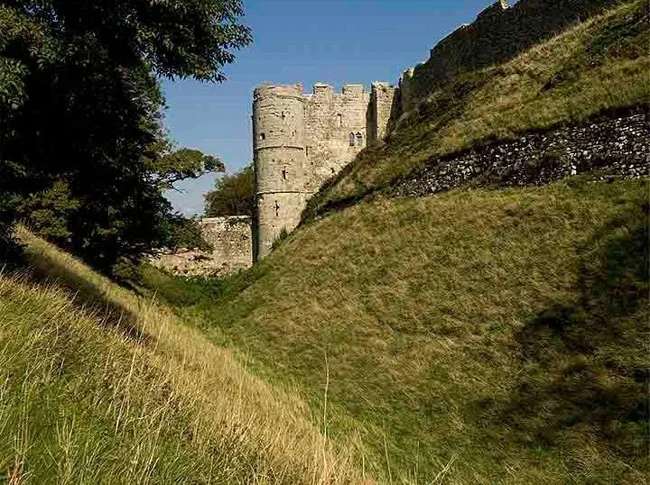
Carisbrooke Castle was built in the 12th century. Although it does not dominate the countryside like other castles, Carisbrooke was a powerful military stronghold. In 1377, it successfully repelled a French attempt to capture the castle. Not only was it difficult for intruders to enter, but prisoners were also unable to escape, as King Charles found out during his 14-month imprisonment. 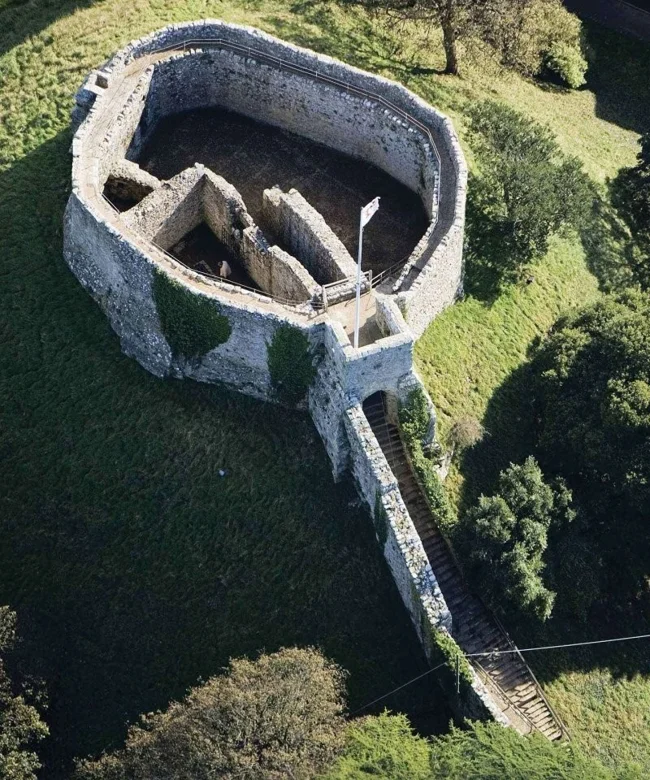
Carisbrooke Castle
Carisbrooke Castle is a so-called "motte and bailey castle" - a special type of early medieval castle with a stone keep located on a hill called a motte, and an inner courtyard surrounded by a protective ditch and palisade. In the center of the castle wall are outbuildings, mainly from the 13th century, the upper parts date back to the 16th century. 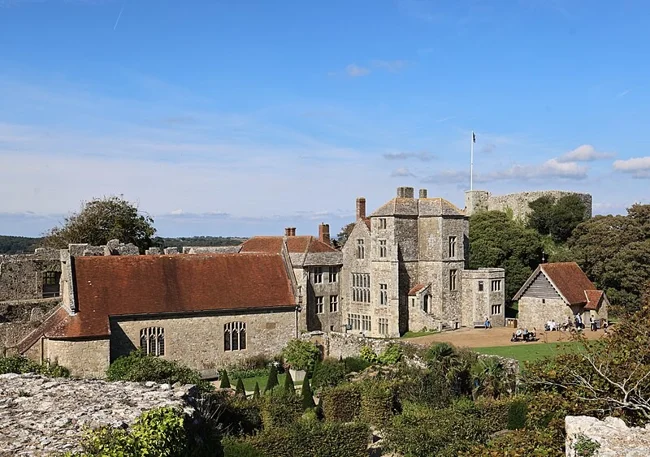
Some of the buildings are in ruins, but the main rooms are in good condition and were used as the official residence of the Governor of the Isle of Wight until the 1940s. 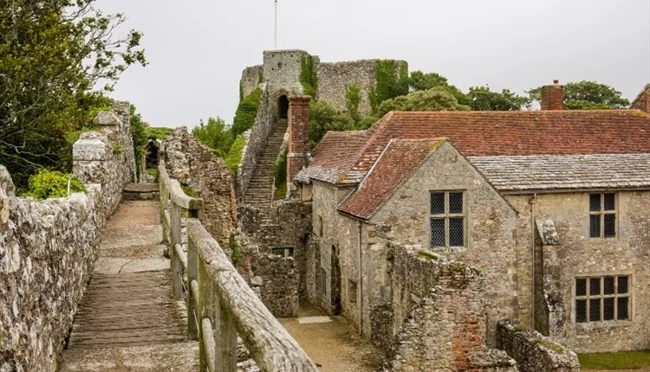
Many tourists who visit Carisbrooke Castle today do so simply to see its well, which is still serviced by donkeys as in the old days. The well, built in the 1580s, was the castle's main source of water. It had a huge oak wheel that turned to lower a bucket into the water and raise it back up. 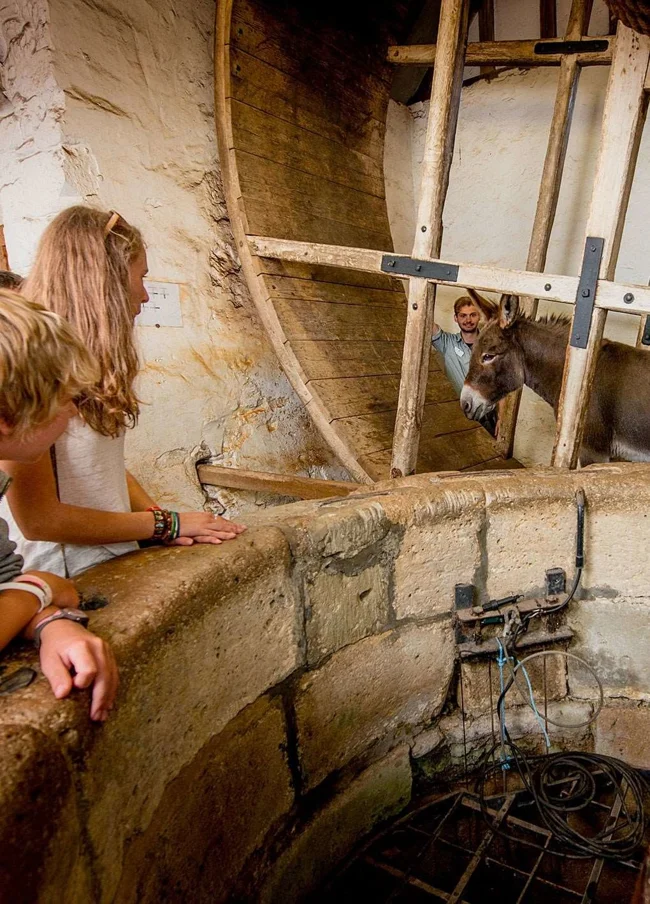
It is believed that the wheel was originally turned by prisoners. However, from the late 17th century onwards, this work was carried out exclusively by a team of donkeys, a tradition that continues to this day. All the donkeys at Carisbrooke have names that begin with the letter "J". This tradition began when Charles I was a prisoner at Carisbrooke. When Charles I wrote letters, he always signed them with the letter "J". Therefore, all the donkeys at the castle have names that begin with this letter. Currently, the castle is home to Jack, Jill, Jigsaw, and Juno. 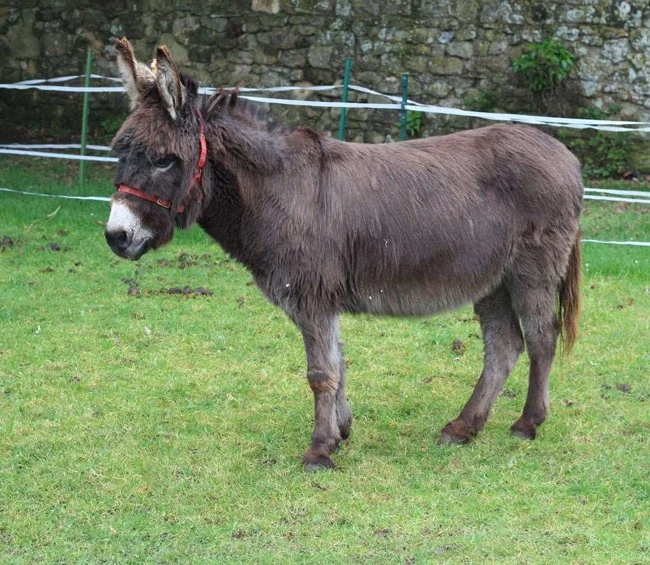
Jill
The castle's donkeys only show visitors the well house for a few minutes a day during tours, and the rest of the time they graze in the fields behind the castle or rest in the warm stables. 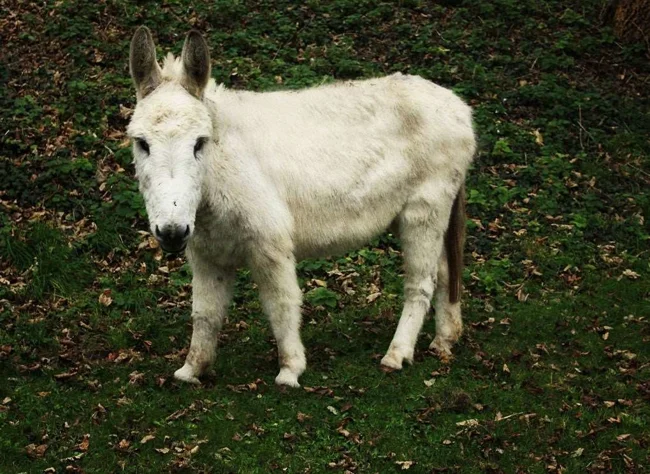
Juneau 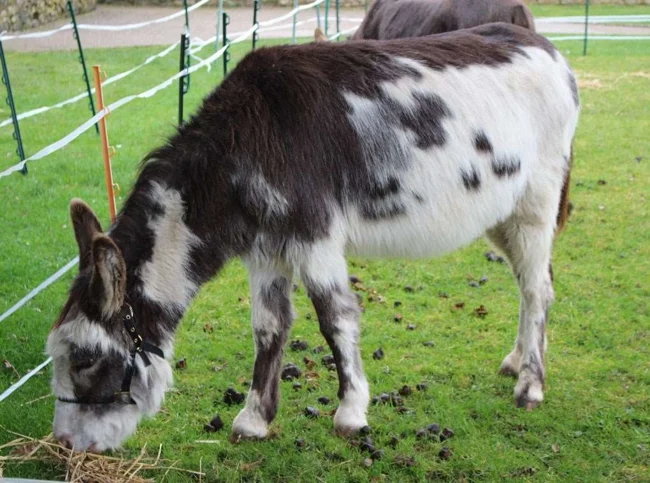
Jigsaw
[thumb]https://cn22.nevsedoma.com.ua/p/28/2850/228_files/3bd199ffe174f367ce3dd6c5cdc59c07.web p[/thumb]
Jack 